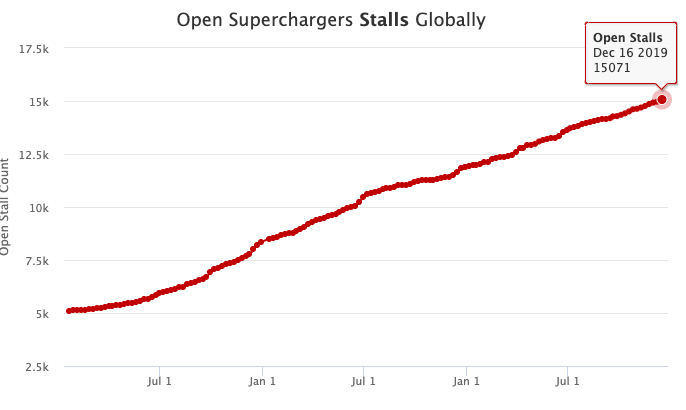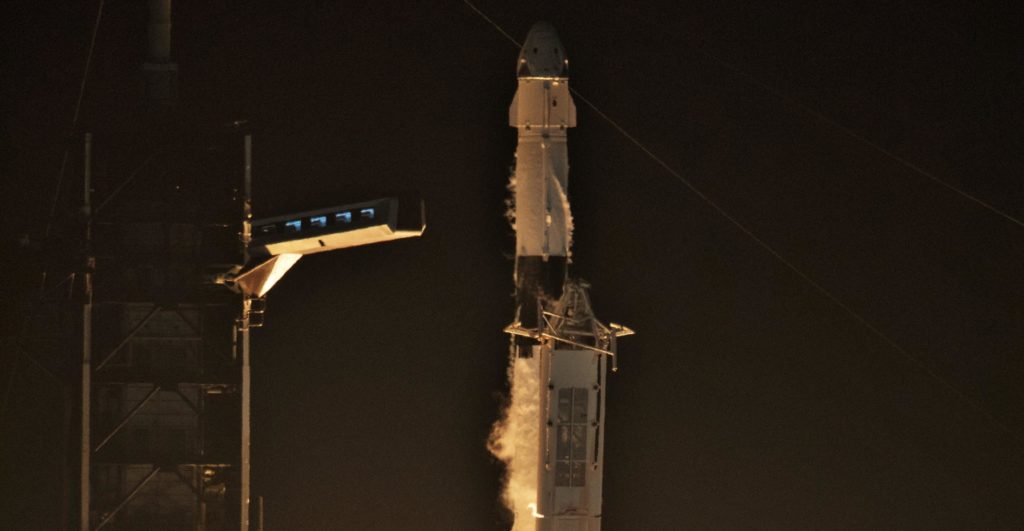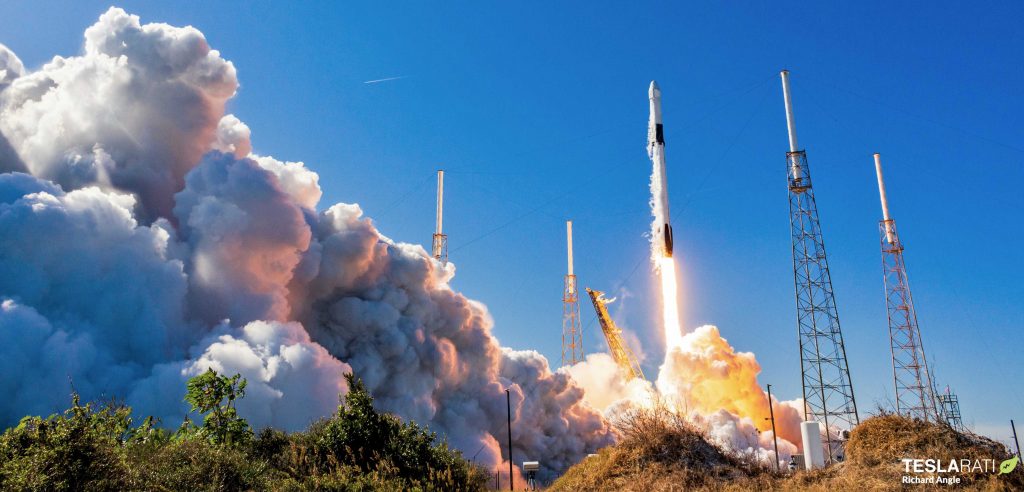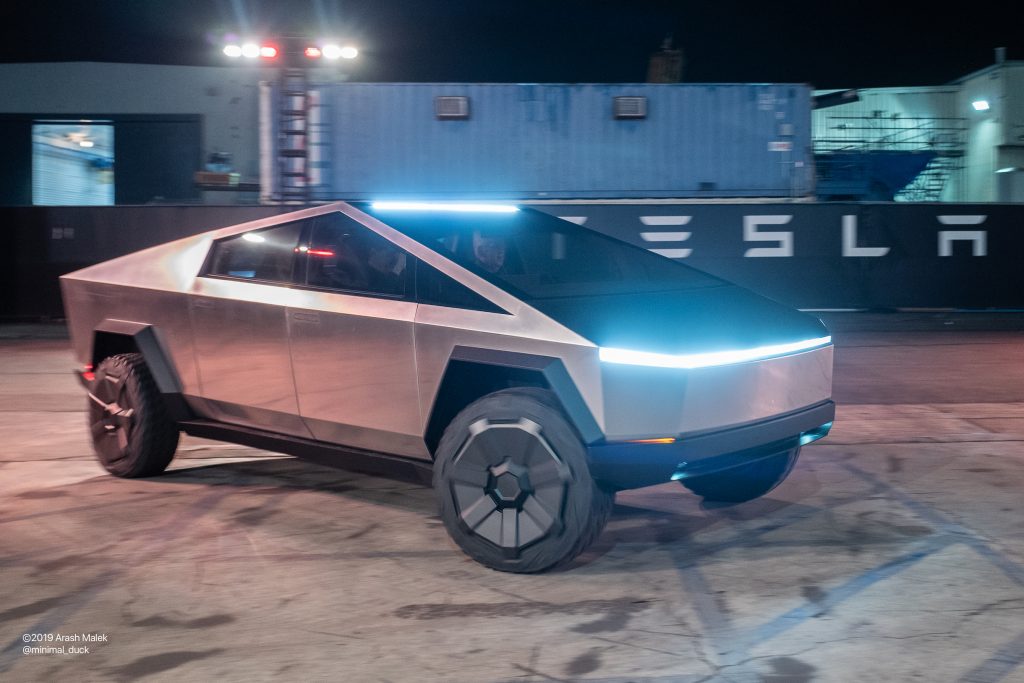Tesla stock (NASDAQ:TSLA) has set new records once more, with shares breaking the $400 barrier on Thursday’s opening bell. Together with a new record market cap of $72 billion, TSLA stock’s recent displays of strength have given yet another massive blow to short-sellers.
That’s a blow worth over $2 billion and a step towards the proverbial $420 per share mark that CEO Elon Musk quoted during a brief attempt at taking Tesla private last year.
S3 Partners Managing Director of Predictive Analytics Ihor Dusaniwsky noted in a recent update that as of Thursday, TSLA shorts have swallowed $2.16 billion in 2019 mark-to-market losses. As per the executive’s previous statement, levels beyond $390 per share could signify the start of short covering for TSLA stock. This could result in even more gains for the electric car maker.
Tesla remains a heavily shorted company, but short interest in the electric car maker has been at a decline. This means that while there are still a significant number of short-sellers pushing for Tesla’s failure, their numbers are already decreasing, and more may be on the way out as the company continues its rise. Even on Wednesday, for example, Dusaniwsky remarked that there was already a slight squeeze happening.
Sentiments appear to be improving in Tesla’s favor, at least for the near future. As the company closes in on the end of the year, reports suggest that Model 3 sales are as healthy as ever. With Tesla’s all-electric mass-market sedan saturating the auto industry’s biggest markets, even Wall Street analysts who have expressed reservations about the vehicle in the past are starting to become more optimistic.
Morgan Stanley’s Adam Jonas, who has adopted both bold and cautious stances in the electric car maker in the past, recently came out with a note. Jonas included a brief anecdote in his note, highlighting the actual impact of the Tesla Model 3 and its inherent disruption, even in places that one may not expect.
“Last night, I was walking through the streets of Madrid’s Barrio de Salamanca…passed a red Tesla Model 3 dual motor parked on side of the road, sandwiched between two compact diesels. Here I am in the middle of the Spanish capital looking at a $60k product that is manufactured in California. Not just ‘Made in the US.’ It’s made in Silicon Valley. With Silicon Valley input costs, regulations, taxes, and workers paying Silicon Valley rents,” Jonas wrote.
If Dusaniwsky’s predictions prove accurate, an actual “Short Burn of the Century” might actually happen soon. In the meantime, Tesla seems poised to end 2019, a year that saw over two-year-lows, the strongest it has been in its history.
As of writing, Tesla stock is trading +3.00% at $404.96 per share.
Disclosure: I have no ownership in shares of TSLA and have no plans to initiate any positions within 72 hours.

(adsbygoogle = window.adsbygoogle || []).push({});
<!–
–>
var disqus_shortname = «teslarati»;
var disqus_title = «Tesla (TSLA) closes in on $420 as shorts choke on $2 billion loss»;
var disqus_url = «https://www.teslarati.com/tesla-tsla-420-per-share-short-burn-v3-2-billion-loss/»;
var disqus_identifier = «teslarati-124102»;






